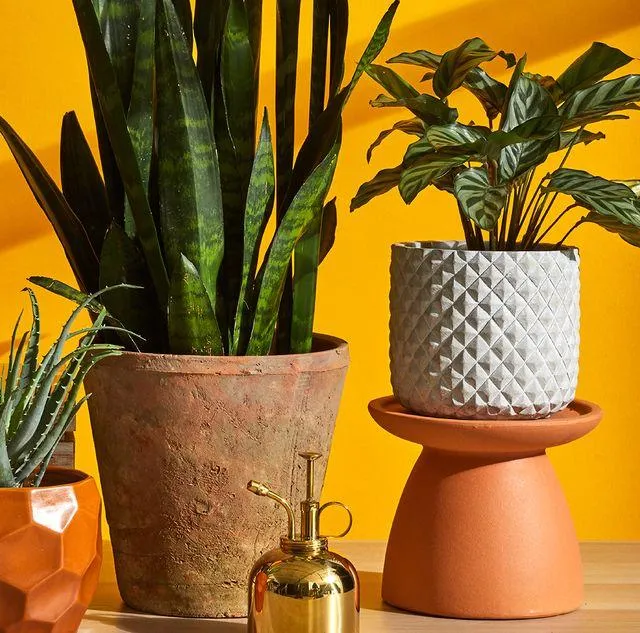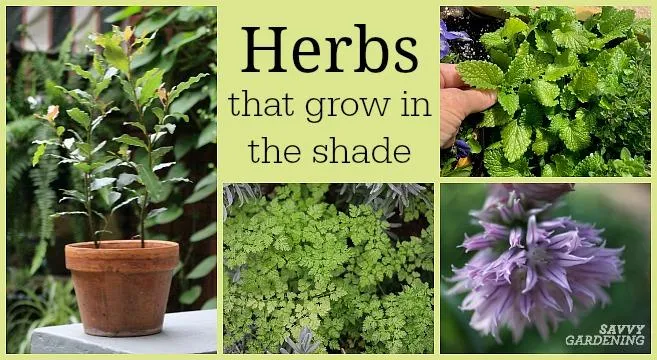Top Houseplants That Don’t Need Direct Sunlight
Want to add some greenery to your home but don’t have a spot with direct sun exposure? You’re not alone. Many homes and apartments have limited sunlight, which can make it challenging to keep plants alive. However, there are several excellent options for low-light houseplants that will thrive even away from windows. In this article, I’ll discuss some of the best non sunlight plants and provide tips for caring for them in low-light conditions.
Snake Plant (Sansevieria trifasciata)
The snake plant is one of the toughest and most forgiving houseplants you can find. Nicknamed the “mother-in-law’s tongue,” this plant can survive weeks without water and tolerates very low light. Its stiff, upright leaves come in various colors like gold, grey and dark green. Snake plants release oxygen at night, so they’re perfect for placing in darker rooms like bedrooms. From my experience, they’re almost impossible to kill unless you go really overboard with watering. Just give them sunlight whenever possible and wait for the soil to dry out between waterings.
Pothos (Epipremnum aureum)
Pothos is another excellent choice if you have limited light. Often called “devil’s ivy,” this trailing vine thrives in environments with medium to low indirect light. Its heart-shaped green or variegated leaves will trail gracefully over the edges of pots and baskets. Pothos is very low maintenance—I water mine around once every two weeks, though the soil should never be soggy. It’s one of the hardiest houseplants and flourishes in bathrooms or under cabinets where light is minimal. Pothos releases oxygen at night and helps remove toxins from the air, making it a great choice for low-light areas.
Chinese Evergreen (Aglaonema commutatum)
With their colorful leaves in shades of pink, red, green and white, Chinese evergreensbrighten up any dim space. From my experience keeping several varieties, they fare well in medium to low indirect light away from direct sun or strong artificial lighting that could scorch the leaves. I water my Chinese evergreens when the top inch of soil is dry. They’re very tolerant of irregular watering too. Their dense, bushy form makes them a great choice for tables and desks in offices or living areas with inadequate sunny windows.
Cast Iron Plant (Aspidistra elatior)
True to its name, the cast iron plant is incredibly sturdy and unaffected by lack of light. I kind of love how old-school and low-maintenance it is! This groundcover plant forms dense clumps of dark green, strap-like leaves. It tolerates darkness, low humidity, irregular watering—you name it. Simply water when the topsoil is dry. The cast iron plant thrived in Victorian homes before electric lighting and will do just as well in your low-light home today. Place it almost anywhere for a splash of greenery.

Peace Lily (Spathiphyllum)
Despite its frilly white flowers, the peace lily prefers low to medium light conditions just like the above picks. Its flowers emerge from a central spadix surrounded by an ivory-colored spathe. Even though it’s not a true lily, this plant brightens up any space. From my experience, peace lilies indicate when they need water by drooping their leaves. Just give it a thorough drink when this happens and make sure the soil fully drains. It revives within hours! The peace lily purifies indoor air, making it a great option for bedrooms and living areas.
Caring for Low-Light Houseplants
While the above plants adapt well to low light, there are some additional tips that will help them thrive:
- Provide as much indirect sunlight as possible near windows. Rotate plants weekly so all sides receive light.
- Supplement lighting with a grow light or desk lamp on a timer if light is very low. Aim for 6-8 hours per day.
- Mist leaves regularly to increase humidity. Pebble trays or humidifiers are good options too for arid homes or heaters.
- Water thoroughly when top 1-2 inches of soil is dry, then allow it to drain fully before returning to the saucer.
- Fertilize monthly in spring and summer with a diluted, all-purpose houseplant food.
- Prune off any dead or dying foliage to promote new growth.
- Repot plants that become pot-bound in larger containers using well-draining potting soil.
With the proper care steps, most any low-light plant will reward you for months or years to come. You can create a small indoor jungle even if direct sun is scarce! From my experience, snake plants, pothos and Chinese evergreen are three almost indestructible options to start with. With some TLC matching their needs, they will brighten up dim spaces.
Overcoming Challenges
While low-light houseplants are very forgiving, there may still be hurdles to tackle:
Pests
In moist, warm conditions, plants are more prone to pests like spider mites, scale and mealybugs. Carefully inspect leaves weekly and isolate any infected plants. A natural insecticidal soap sprayed weekly as a preventative can help. Most pests will die off once underlying causes like overwatering are addressed.

Root Rot
In dark, poorly drained pots, roots lack oxygen and are more susceptible to rot. Allow soil to dry between waterings, use terra cotta or plastic pots with drainage holes, and elevate plants off trays of pebbles partially filled with water for humidity. Cut away any mushy, black roots and repot in fresh soil if root rot occurs.
Leggy Growth
Without enough light, plants will stretch upward excessively in search of sunlight—this is known as etiolation. Give plants as much indoor sunlight as possible and supplement with artificial lamps. Periodic pruning or pinching back new growth will encourage bushier appearance over time. You can also repot these leggy specimens deeper in their pots to fill out.
Lack of Blooms
Certain plants like African violets and orchids may struggle to produce colorful blooms with inadequate lighting. Provide the brightest conditions possible and use plant lights very near flowers for 14+ hours a day. Blooming may require adjusting light, temperature, water and feeding based on each species’ needs. With some trial and error, dazzling bloom shows are still possible!
In the end, have fun experimenting to see what tropical beauties will flourish for you indoors. But is it worth the effort dealing with challenges to bring a splash of nature inside? I think so! With patience and care, your own low-light plant haven can become a reality. It’s amazing what a few green additions can do to improve your environment and mood. I hope these tips spark ideas to transform even the darkest nooks into lush plant retreats.
Please let me know if you have any other questions! I’d be happy to share more plant advice based on my own experiences over the years. With some TLC, close observtion of your plants’ needs and a little plant parenting, you can enjoy a variety of verdant beauties even if direct sun isn’t possible. I wish you the best of luck creating your own low-light plant paradise!

Top Non-Sunlight Indoor Plants
| Plant | Light Requirements | Growth Rate | Care Tips |
|---|---|---|---|
| Pothos | Low light | Moderate | Water when top inch of soil is dry |
| Snake plant | Low light | Slow | Let soil dry out between waterings |
| Peace lily | Low to medium light | Moderate | Keep soil moist, lifts leaves when thirsty |
| Chinese evergreen | Medium light | Slow | Water when top inch of soil is dry |
| Zebra plant | Low light | Moderate | Water when top inch of soil is dry |
FAQ
-
What types of plants don’t need sunlight?
Plants that can grow without direct sunlight are known as shade-loving or shade-tolerant plants. Some common types include ferns, hostas, begonias, english ivy, pothos, and spider plants. They are able to photosynthesize and thrive with little sunlight.
-
How can plants survive without photosynthesis?
Some plants get their energy from other living things in a process called mycoheterotrophy. Basically, they are partially or wholly dependent on fungi to get nutrients through mycorrhizal associations in their roots. Plants like Indian pipe and coralroots don’t produce their own food but get energy from fungi in the soil that absorb nutrients from surrounding trees.
-
Why do some plants grow in caves?
Plants able to live in caves, like ferns and liverworts, have developed special adaptations for lowlight conditions. They may be lighter green or white in color and have broad leaves to absorb what little sunlight enters the cave. Their growth is kind of slow. These cave-dwelling plants get nutrients from bat guano or materials brought inside by water dripping from the cave ceiling.
-
Do any plants grow without soil?
Yes, some plants are capable of growing on bare rock surfaces with almost no soil. Lichens, a symbiotic partnership between fungi and algae or cyanobacteria, can photosynthesize nutrients directly from airborne water vapor and mineral ions absorbed from rocks. Mosses also thrive on rocks due to proton-pumping cells in their leaves that allow absorption of nutrients from non-soil surfaces. Perhaps these plants evolved means of stonemeal consumption.
-
How do plants deal with lack of water?
Amazingly, some plants have developed adaptations for dry environments with minimal water. Cacti store water in their succulent stems and leaves. Plants like yucca reduce water loss by closing stomata during the day and opening at cooler, more humid nights. Leaves of some plants like olive are gray or white to reflect sunlight and reduce heating. Do these plants make anyone else thirsty just thinking about their ingenious lack-of-water solutions? Maybe our bodies could learn a thing or two from nature!

-
Are there any plants that can survive in complete darkness?
As far as we know, all plants require at least some light exposure to carry out photosynthesis. Even plants classified as “shade tolerant” need a small amount of sunlight to live and grow, even if it’s just a few hours a week. Only certain bacteria and fungi can metabolize without light. So total darkness may be taking shade tolerance a step too far, at least according to our current understanding. Or does anyone know different? I’m always learning new things!
-
How important is soil quality for plants?
The type of soil is enormously important for plant health. Different plants prefer certain soil textures, densities, and nutrient contents. A good soil structure allows roots to grow and absorb water and minerals. It holds air pockets vital for respiration. Plants in poor soil may get sickly or die off. You wouldn’t want to be stuck living someplace without decent housing either! Gardeners spend lots of time improving ground quality before planting.
-
What role does temperature play in plant growth?
Most plants grow best within a certain temperature range and can get stressed by extremes. Too cold and their metabolism slows, too hot and it speeds up badly. Many thrive at temperatures people find comfortable. Life would be real hard if we liked boiling ourselves daily! Temperature affects virtually all chemical processes in plants from photosynthesis and nutrient absorption to flowering and fruiting times. No wonder they evolved to suit varying climates.
